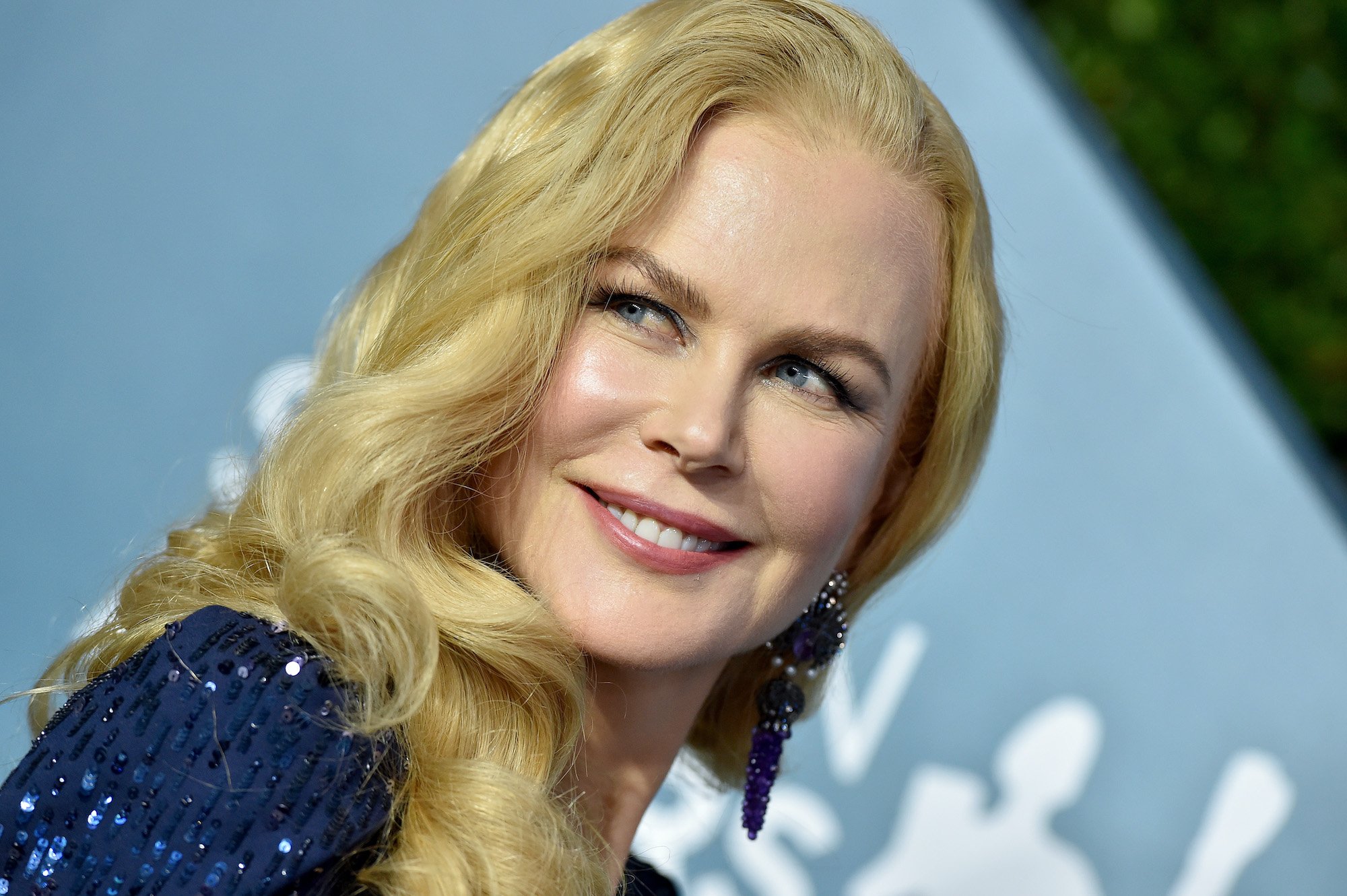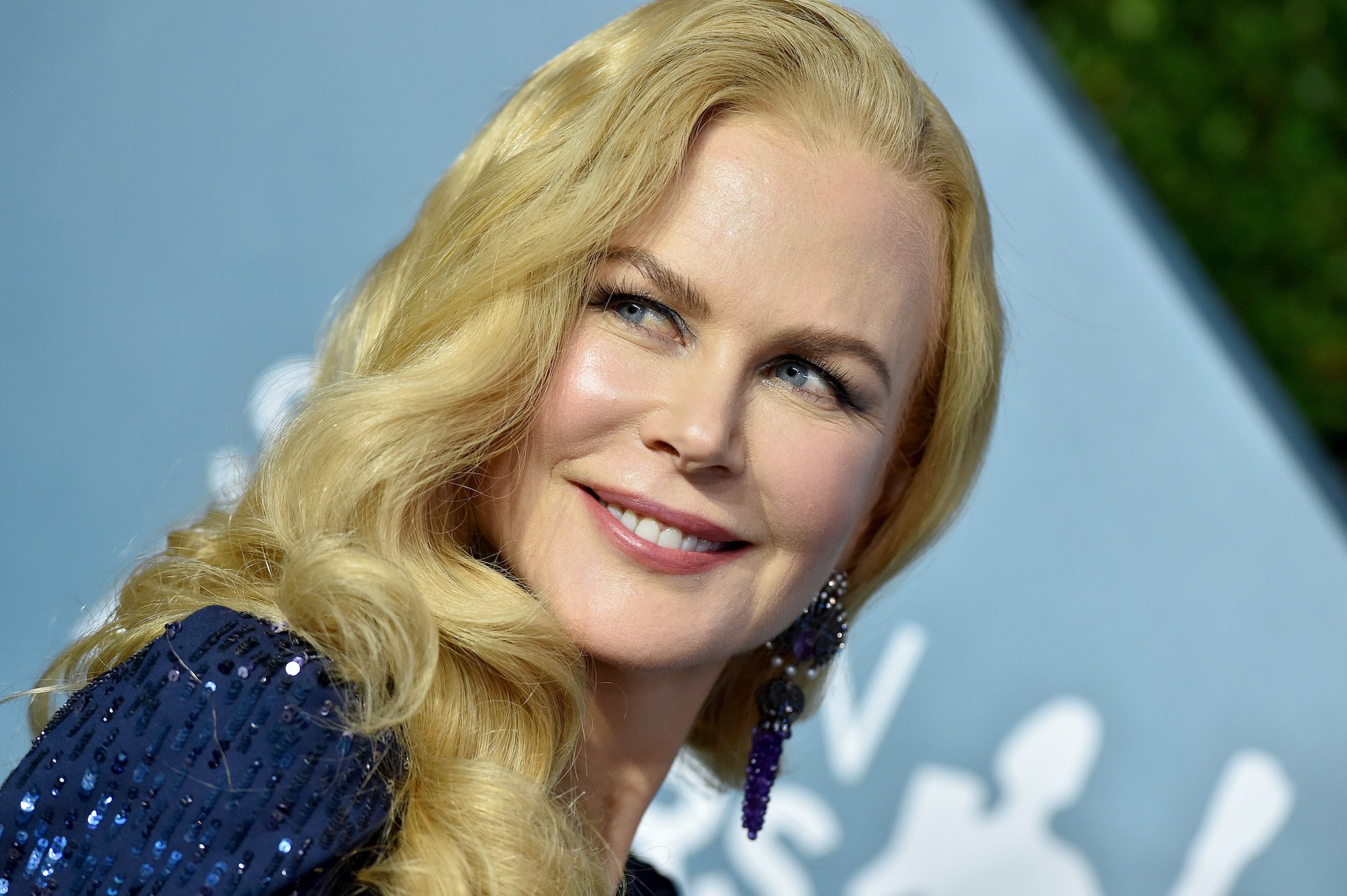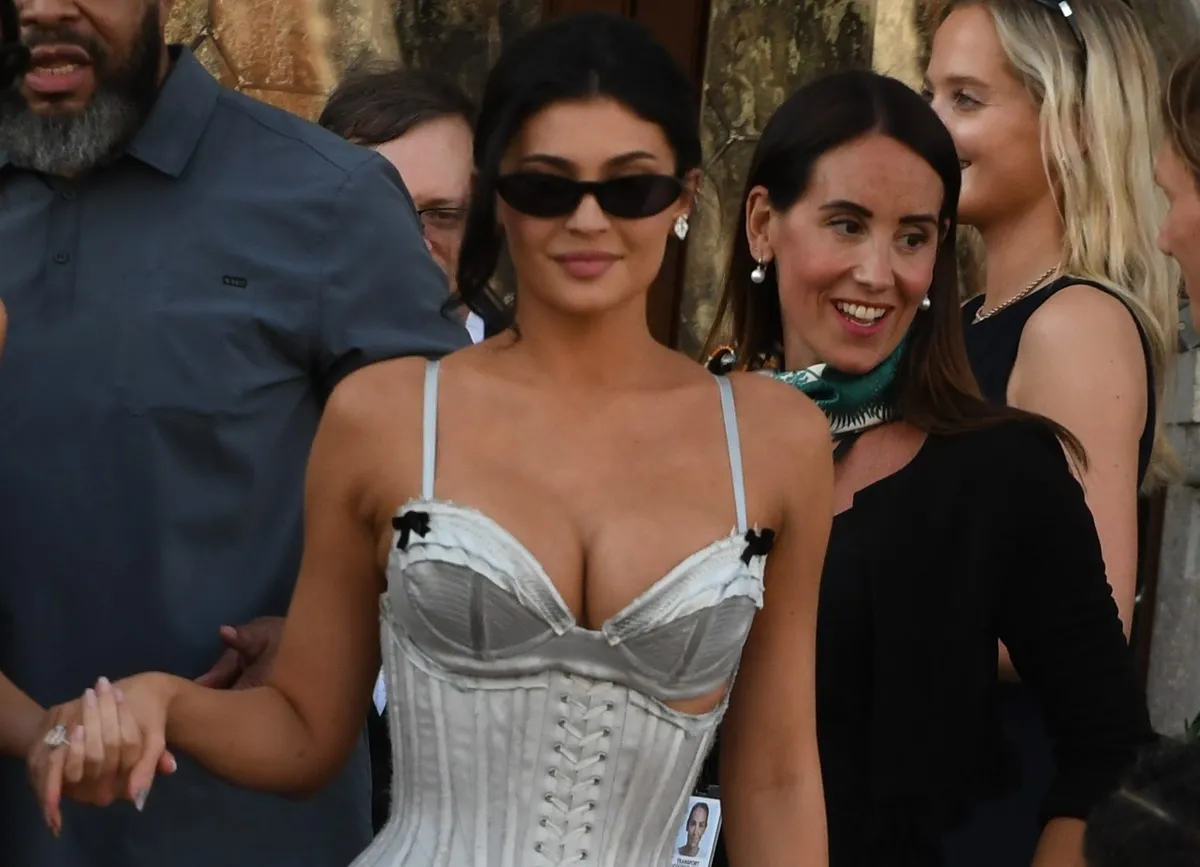
‘Nine Perfect Strangers’ Had a Major Identity Crisis
Hulu has been on a winning streak recently, with many of its shows getting positive reception. The streamer’s struck gold with Nine Perfect Strangers, its original miniseries based on a novel with the same name by Liane Moriarty. The show is the second Moriarty adaptation and, as such, has attracted comparison to the widely successful Big Little Lies. Although Nine Perfect Strangers is doing all the right things from its cast ensemble to its storyline, the series suffers from a major identity crisis deviating away from the book in more ways than one. Here’s how.
The show’s setting
Nine Perfect Strangers has an almost similar plot to The White Lotus in that it entails nine rich people who enroll in a retreat to try and wean themselves off some form of trauma. At the center of it all is the health and wellness guru Masha Dmitrichenko played by Nicole Kidman, whose Russian accent seems like it came straight out of the Cold War era.
In Moriarty’s books, ‘Nine Perfect Strangers’ is set in a remote location in Australia while the show portrays Tranquillum House, the health and wellness center, is located in California in a wooded area called Cabrillo.
Moriarty had a different aesthetic in mind for the Tranquillum House
In an interview with Architectural Digest, Nine Perfect Strangers set decorator Glen W. Johnson said that the Tranquillum House is meant to radiate a “mid-century modern-meets-Zen vibe.” The house has strategically positioned geometric windows that look out on extensive lush greenery filling the space with light. Additionally, the modern furnishings at the Tranquillum House are brand new.
However, Moriarty had a different vision for the house. In the book, one of the characters describes the iconic house as a Victorian mansion built in 1840, describing it as a “sandstone three stories with a red corrugated iron roof and a princess tower.” In the novel, the house interior has a “red cedar and rosewood staircase” that resembles the Titanic and stained glass windows.
Masha’s nearly fatal experience is different in the book

Although Nine Perfect Strangers has taken liberties with several aspects of the book and the plot, one main character remains almost the same. Kidman’s character Masha is the same in both the book and the TV show in that in both, she takes a different career path by becoming a wellness guru from a corporate executive after her near-death experience.
In both, Masha dies and miraculously resurrects. The only thing the adaptation did differently with Masha was the circumstances surrounding her exit from her highly influential corporate job and transition into the wellness lifestyle.
Onscreen, viewers see Masha almost meeting her maker after one of her numerous enemies shoots her in the parking garage. In the book, Masha nearly dies due to her lifestyle choices. Moriarty describes Masha as a “middle-aged overweight woman” who smokes heavily and ignores other aspects of her life that don’t fall under her job description.
As an overworked and exhausted employee, she has a seizure while in her office and goes into cardiac arrest. Similarly, the show exaggerates Masha’s life, with the writers adding several subplots to make for exciting TV, such as the death threats Masha constantly receives.
In Moriarty’s books, there is no mention of Masha receiving death threats as her near-death experience doesn’t also involve a shooting.
Different add-ons to the story for some characters
In Moriarty’s book, Lars Lee isn’t the snarky journalist we see on Nine Perfect Strangers. Instead, he is a family lawyer who attends the retreat, hoping to find some space between him and his partner of 15 years.
Similarly, Tony Hogburn, portrayed as a drug addict divorcee isn’t the same version found in the novel. Aside from his career-ending accident and the divorce, the show added various elements to Tony’s character, such as his drug addiction and bar fight to make the character more appealing.


